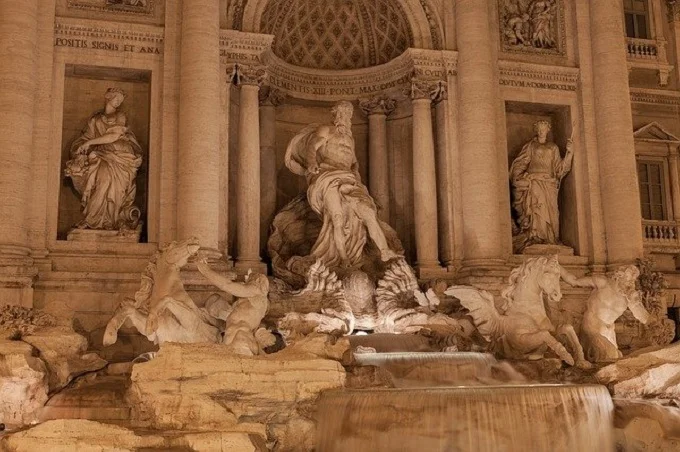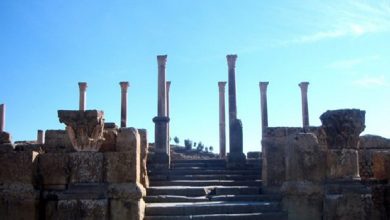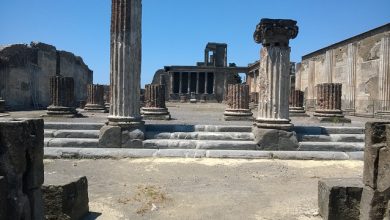What was the effect of the Renaissance on human history?

The Renaissance, which was an era that began in the 14th century and reached its height in the 15th and 16th centuries, is more widely referred to simply as the Renaissance. Even though the Renaissance was, in some respects, even wilder than the Middle Ages, we owe many of the benefits that we have today to it. This is because it was the one who brought about the Renaissance. The same is true of the unfavourable features characteristic of this era.
The Renaissance had a significant impact on the course of human history; if you were to list every moment, doing so would take many years, and you would end up having written thousands of pages. As a result, we will limit our discussion to a select few instances that have impacted the world we live in.
The majority of the world-famous works of art were produced during this era
We are not going to discuss aesthetics, mainly because it is only worthwhile to have this conversation with someone who has a specialised education. Still, most people would agree that it is much simpler to sketch a few drops of paint, burn the canvas, and then present the result as a masterpiece than to draw a photorealistic picture.
Realism art began to gain popularity among painters throughout the Renaissance period. Realism art had extensive elaboration, perspective, and other crucial features that enabled artists to produce virtually indistinguishable images from how humans experience the world. The majority of the magnificent sculptures, paintings, and other works of art on display in the world’s most renowned museums today were produced by artists working during the Renaissance.
The era of the Renaissance is responsible for the development of humanism
During the Middle Ages, and even more so in ancient epochs, human life was not placed into anything, with the obvious exception of wealthier people. This was the case even though the Middle Ages were already rather ancient. A commoner was regarded as something worse than a pawn; rather, he was regarded as dust under the feet of the masters. He was a little cog who lacked both his own will and soul, and the only thing he was good for was to serve those who were deserving of it under their birthright.
During the time of the Renaissance, everything was different. The concept of humanism began to gain momentum among pundits. One of its primary postulates was the notion that every individual possesses the right to self-expression and the perception of every individual as a person. At first, humanism made its way into literary works, philosophical writings, and artistic works. Over time, however, it made its way down to the “commoners,” who enthusiastically embraced the concept.
People realise that the value of human life and the aspirations of individuals are on par with the significance of the community’s requirements. In the long run, this resulted in the slow downfall of feudalism and the imposed system.
The printing press was a product of the Renaissance
Even though most of us read books, newspapers, and other publications on our computers, tablets, and smartphones these days, we still occasionally pick up a paper book for the sake of the experience. If the printing press hadn’t been created in the Renaissance, none of this would have been possible.
Johann Gutenberg is credited with inventing a mechanism that is regarded as the first manual printing press capable of mass production in the 1440s. It was so much better than everything else that had been invented before that it spread very quickly, initially in Europe and then throughout the rest of the world. This caused a printing revolution and made it possible for nearly anything to be published in large quantities. This, in turn, led to an increase in literacy and a fast transformation in the fundamental structures around which society was built. In addition, the invention of printing made it possible for many new discoveries to be made because, as a result, the scientific literature is now much easier to access.
The Renaissance made it possible for new lands to be discovered worldwide
It is also worth noting that the printing press impacted the achievement of important discoveries at the end of the nineteenth century. Particularly as a result of the heated debates around scientific treatises, a great number of explorers, in conjunction with the submission of states, typically Spain and Portugal, started to consider the possibility of discovering new lands. This was frequently related to the hunt for a quicker route to Asia, but the primary objective was often to increase influence.
The great explorers of the Renaissance period, whose identities are currently being accused in the Western world, were the ones who made the initial discoveries of the Caribbean Islands, followed by those of North and South America. As a result of these discoveries, the course of human history was significantly changed.
In this era, people’s ideas about s*x have changed drastically
In addition to encouraging more positive views toward individuals of different races, nations, and beliefs, humanism has also resulted in a reevaluation of the fundamentals that have almost single-handedly guided the development of European society over the past thousand years. In addition to that, it brought up the topic of s*xuality.
Before the Renaissance, engaging in this pursuit was looked down upon as unclean and wicked, leading to feelings of embarrassment. People only saw the s*xual activity as a means to have children at that time. Even if it were thought that one could experience pleasure from s*xual activity, only men might do so.
It became abundantly clear, as a result of the discoveries in the field of medicine that were made during the Renaissance, in conjunction with the ideas of humanism, that s*xual activity is not only a process for conception but also something that can bring about both physical and psychological pleasure. The first s*xual revolution occurred in the 15th and 16th centuries when it became evident that all people, regardless of gender, could enjoy sex and that it was not wicked.
The modern banking system can be traced back to the Renaissance
It doesn’t matter how you feel about today’s banking system; you can’t deny the reality that it has contributed significantly to the advancement of humanity. Before the Renaissance, getting a loan was a challenging endeavour. Most individuals had to resort to going to a loan shark, who would lend a tiny amount of money for a very high-interest rate in exchange for some property as security. Because of the many challenges and risks associated with this line of work, only a select few dared to attempt it.
In 1393, the famed and important Medici family of Florence, Italy, established what is considered to be the first modern bank to maintain and grow their wealth. This event marked a turning point in the history of the Renaissance. This financial firm initially only offered deposit services after it had already begun issuing loans. In addition, the interest rate was quite different and, in a positive way, superior to what the loan sharks were offering. This sparked a commotion, and almost immediately afterward, the Medici established financial institutions in various cities across the Italian peninsula. After some time had passed, other wealthy families in Europe, having witnessed such success, decided to create their own credit organizations.
During this era, In this era, a clear understanding of time arose
This does not mean that in the Middle Ages and earlier, people had no idea what time it was; they just used to rely on primitive sundials or devices of a different design that were not accurate. Ordinary people even operated with measures like “when the sun is at its zenith” or “just before sunset.”
During the Renaissance period, the first mechanical clocks were constructed, making it possible to keep track of the passage of time with a sufficient degree of accuracy. Since that time, the trajectory of history has been drastically altered because it became possible to determine the current time and correctly monitor the work schedule, which resulted in an increase in the amount of work that each worker could accomplish.
The Renaissance was responsible for the invention of many hand tools
Even though people in Ancient Egypt were familiar with hammers, chisels, and other simple tools, and even though Ancient Romans were already using quite complex devices, the Renaissance is still credited with inventing the majority of the types of tools now considered irreplaceable assistants in the workplace.
Tools such as screwdrivers and wrenches, for instance, didn’t appear until the 13th to 14th centuries. Simultaneously, the first breakthroughs in fast and reliable assembly emerged, such as prototypes of screws. This was around the time that the Industrial Revolution began.




